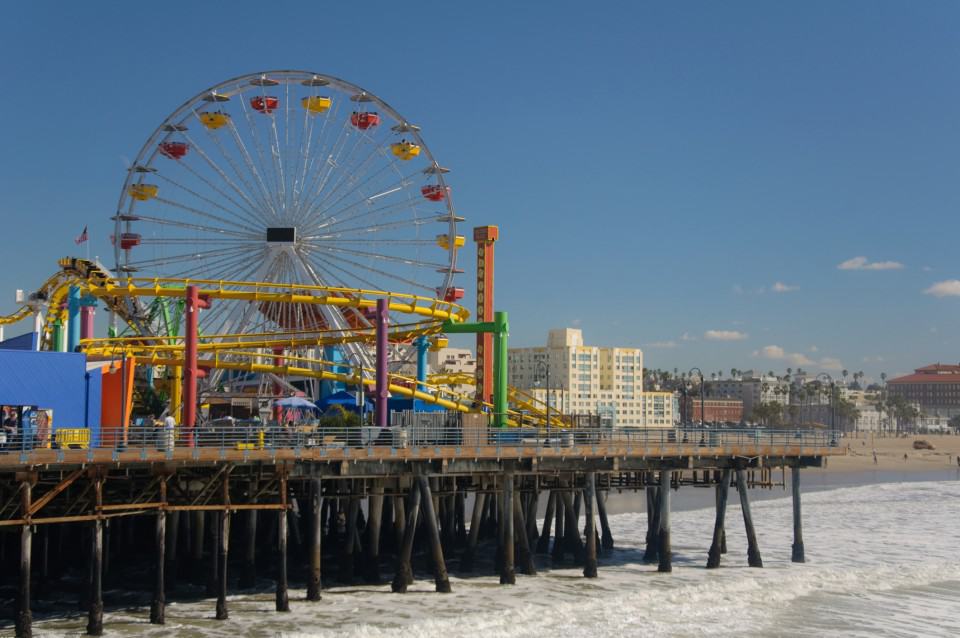Corrosion is occurring everyday everywhere in the planet. It is a natural chemical reaction that goes on between matter and the surrounding environment. It is a very destructive battle wherein matter often comes out the loser. But man’s ingenuity comes to the aid of matter. Possessing the knowledge of how corrosion takes place and affects surface materials, man has created innovative solutions to protect matter against the corrosive environment. Corrosion resistant coatings have been developed to combat all types of corrosions in all vulnerable materials and elements.
Types of Corrosion
Below are some of the most common types of corrosion:
1. Rusting
Best known as electrochemical corrosion, rusting happens when metals are exposed to oxidizing agents. Oxidants target the iron atoms in metal surfaces, turning them into oxides of iron and salts, to become visible as rust.
2. Galvanic corrosion
A galvanic preferential corrosion occurs when two metals of different electrode potential are in the presence of electrolytes. An ionic migration occurs from the anodic to the cathodic metal, corroding the anodic metal faster than the “noble” cathodic metal. Corrosion resistant coatings take into account this interplay of electric potentials to prevent and even halt galvanic corrosion.
3. Microbial corrosion
Corrosion can occur with the help of oxygen-feeding microorganisms. Biogenic sulfide corrosion is bacteria “eating” sulfur to produce sulfuric acid. Bacterial concentration cells also enhance galvanic corrosion by oxidizing the by-products of the ongoing corrosion process.
4. Corrosion due to high temperatures
The oxidation process can occur in extremely high temperatures with the aid of sulfur or oxygen, attacking metal surfaces. This corrosion often occurs in the power generation, aviation and automobile industries.
Methods of Corrosion Protection
There are several methods commonly used to prevent corrosion from taking place. Here are the most widely used:
1. Surface treatment
Surfaces vulnerable to corrosion are treated specifically to resist corrosive agents. They are either painted with corrosion resistant coatings or applied with platings to shield against corrosion. Corrosion inhibitors and conductive polymers are mixed with paint, making the surface impervious against electrochemical reactions.
2. Cathodic protection
Cathodic protection imbues the metal surface with cathodic properties similar to an electrochemical cell. An anodic material is “sacrificed” to corrosion, polarizing the surface with uniform potential and stopping the corrosive process.
3. Controlled permeability formwork
The coating material is strengthened through controlled permeability formwork to increase its resistance against corrosion and other sources of deterioration — such as carbonation, frost, abrasion and other damages.
Anti-Corrosion Protective Coatings to the Rescue
Corrosion resistant coatings combat the electrochemical process of corrosion, preventing steel and other substrates from corroding easily. Some corrosion resistant coatings cure fast when applied, their accompanying solvent evaporating, and leaving only acrylics or chlorinated rubber polymers adherent to the surface to prevent corrosion. Another curing method is through an irreversible polymerization process that changes the original chemical composition of the coating.
Other corrosion resistant coatings have high tolerance against extreme temperatures, and can even polymerize with the aid of heat. These coatings are commonly used in boilers and furnaces. Hydrogen-polymerized coatings, on the other hand, create a protective film in reaction to moisture. These coatings are used to protect underwater structures from corrosion.
Corrosion resistant coatings vary in intended use and application. Corrosion control projects take these differences in their cost considerations and the paint selection process.



